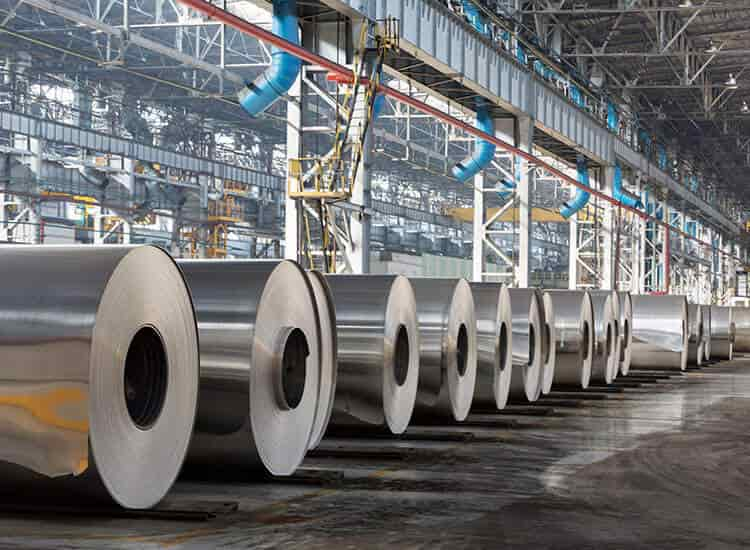Understanding Inventory Optimization
Inventory optimization involves finding the right balance between holding enough stock to meet demand without overstocking, which ties up capital and incurs storage costs. For steel warehouses, this balance is key to maintaining profitability while meeting customer needs.
Key Strategies for Optimizing Steel Inventory
1. Demand Forecasting: Accurate forecasting is the foundation of effective inventory management. By analyzing historical data, market trends, and customer demand patterns, warehouses can predict future steel requirements more reliably.
2. ABC Analysis: Classifying inventory based on value and usage frequency helps prioritize management efforts. A items (high value, low usage) require careful monitoring to prevent stockouts, while C items (low value, high usage) can be managed with less scrutiny.
3. Just-In-Time (JIT) Inventory: Implementing JIT principles minimizes excess inventory by receiving steel materials only when needed for production or customer orders. This reduces storage costs and the risk of obsolescence.
4. Safety Stock Management: Maintaining a buffer of safety stock ensures warehouses can handle unexpected fluctuations in demand or supply disruptions without affecting customer service levels.
5. Vendor Managed Inventory (VMI): Collaborating closely with suppliers allows warehouses to delegate inventory management responsibilities. Suppliers monitor stock levels and replenish inventory automatically based on agreed-upon triggers.
6. Utilizing Technology: Adopting inventory management software or ERP systems streamlines processes by providing real-time visibility into stock levels, demand forecasts, and order statuses. This helps warehouses make informed decisions and reduce manual errors.
7. Optimized Layout and Storage: Organizing the warehouse layout for efficient material flow and utilizing vertical space effectively can maximize storage capacity and minimize handling costs.
Benefits of Optimized Inventory Management
Implementing these strategies offers several benefits to steel warehouses:
Cost Reduction: Lower inventory holding costs and reduced obsolescence.
Improved Efficiency: Streamlined operations and reduced lead times.
Enhanced Customer Satisfaction: Consistent availability of steel materials.
Financial Stability: Optimized cash flow and better resource allocation.




